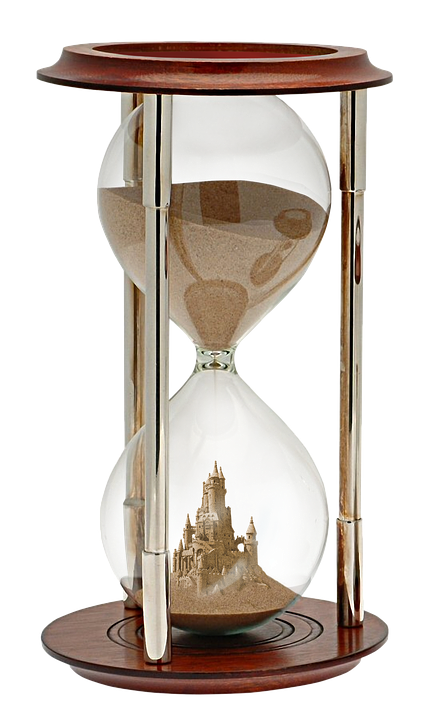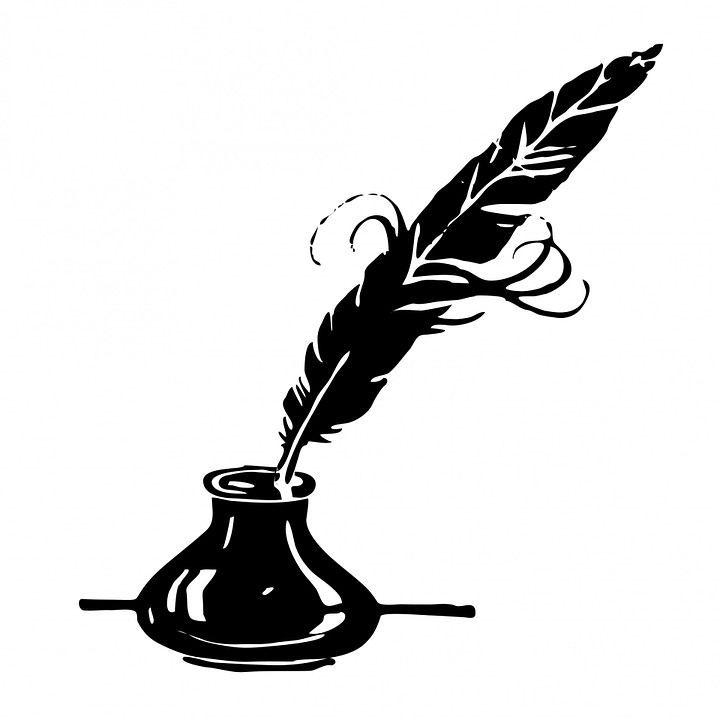
History in the Making
Historical Writing Requires Attention to Details
By Sandra Merville Hart When it comes to research, contemporary writers have it so easy, right? I am teasing,…
March 21, 2017
By Sandra Merville Hart When it comes to research, contemporary writers have it so easy, right? I am teasing,…
March 21, 2017
By Sandra Merville Hart Somewhere in the midst of writing my second novel my story started to get…
December 21, 2016
Historical authors can glean a wealth of information from old photos. They give an unintentional glimpse into everyday life…
November 19, 2016
I watched a movie set in the 1800s recently where a child said, “Cool!” He didn’t refer to the…
October 21, 2016
by Sandra Merville Hart Two months ago we talked about the author of Charlotte’s Web, E.B. White, and…
August 8, 2016